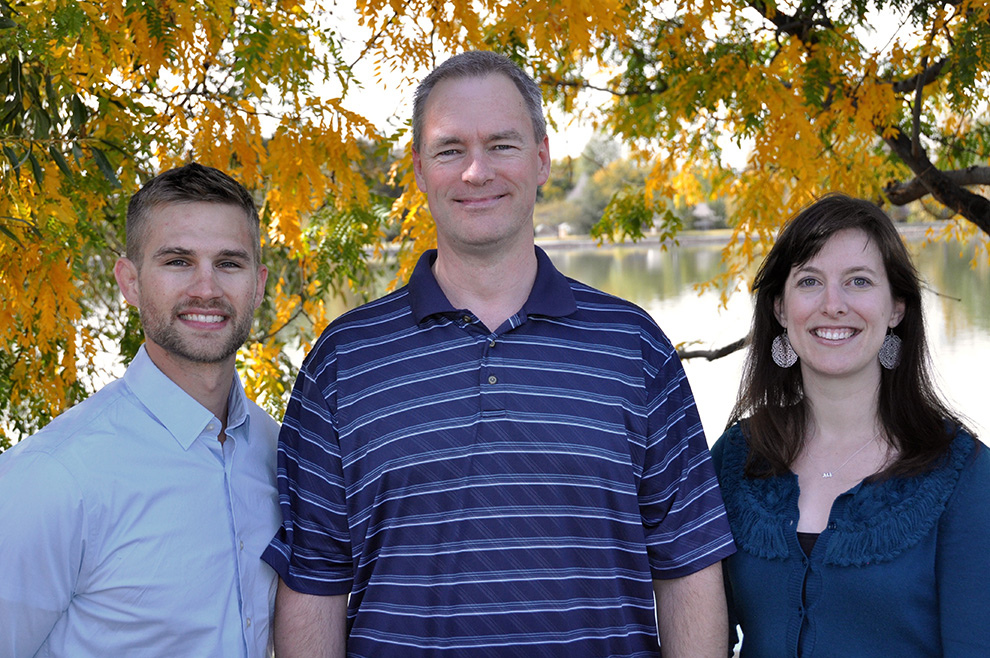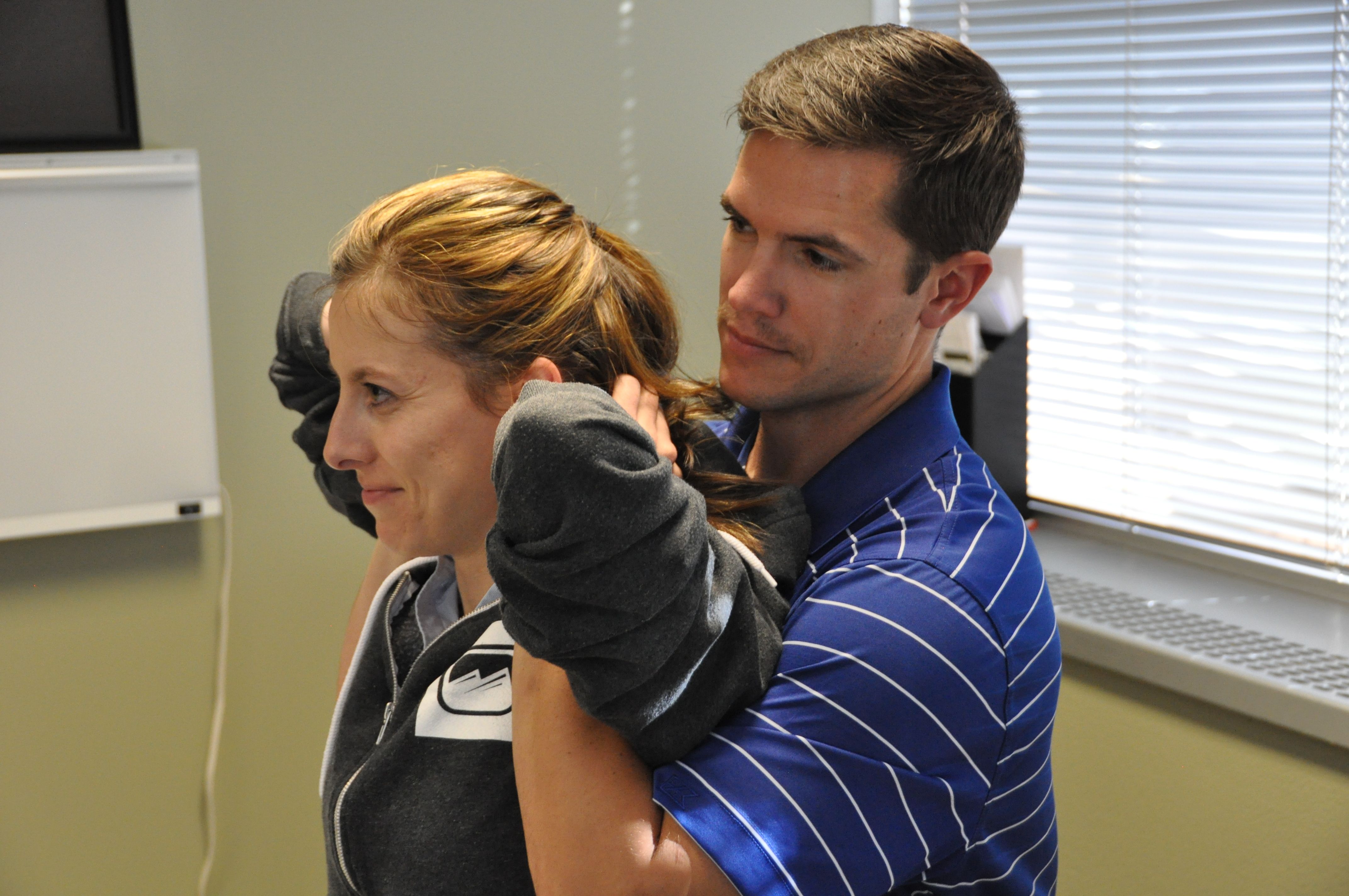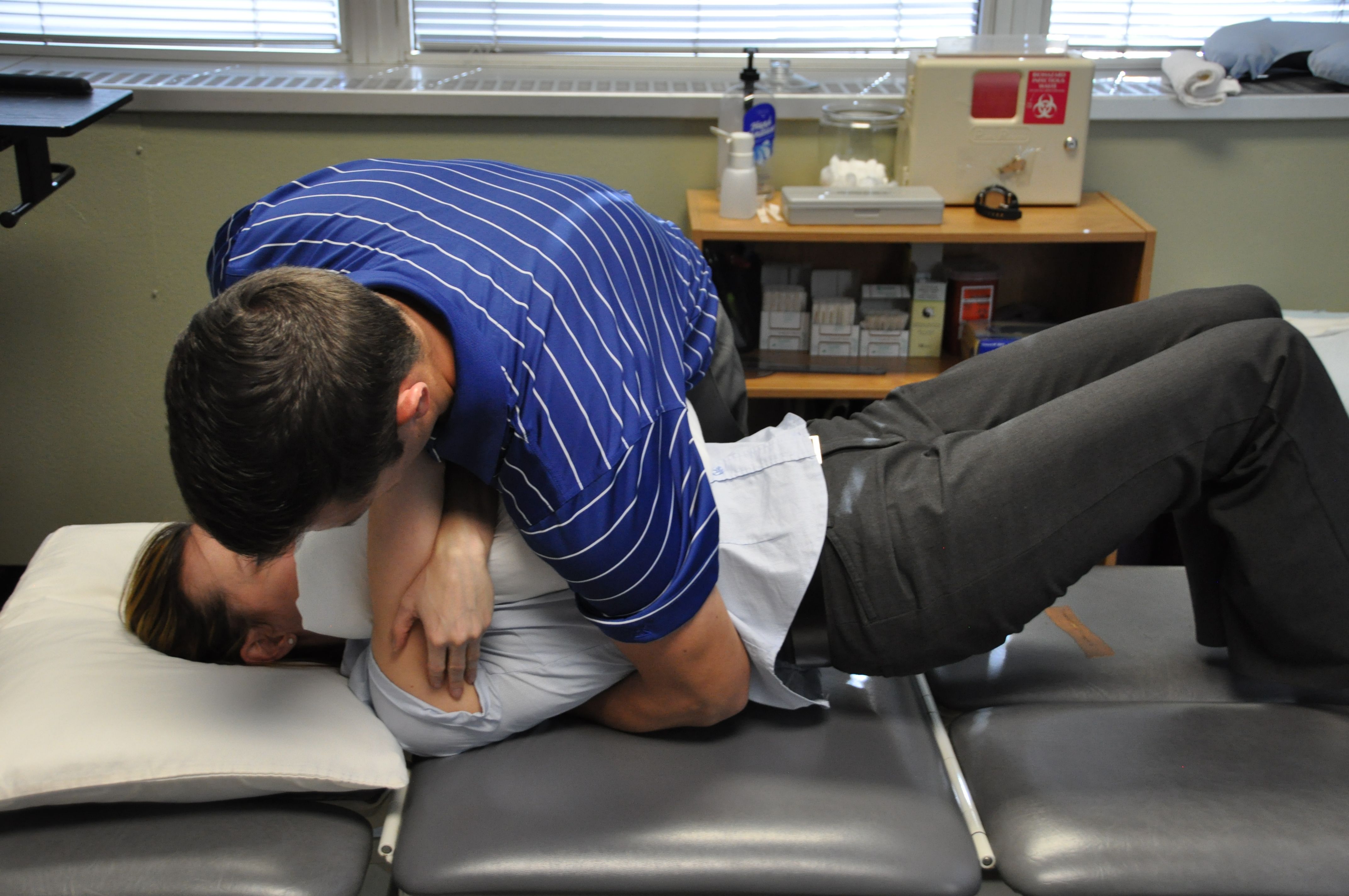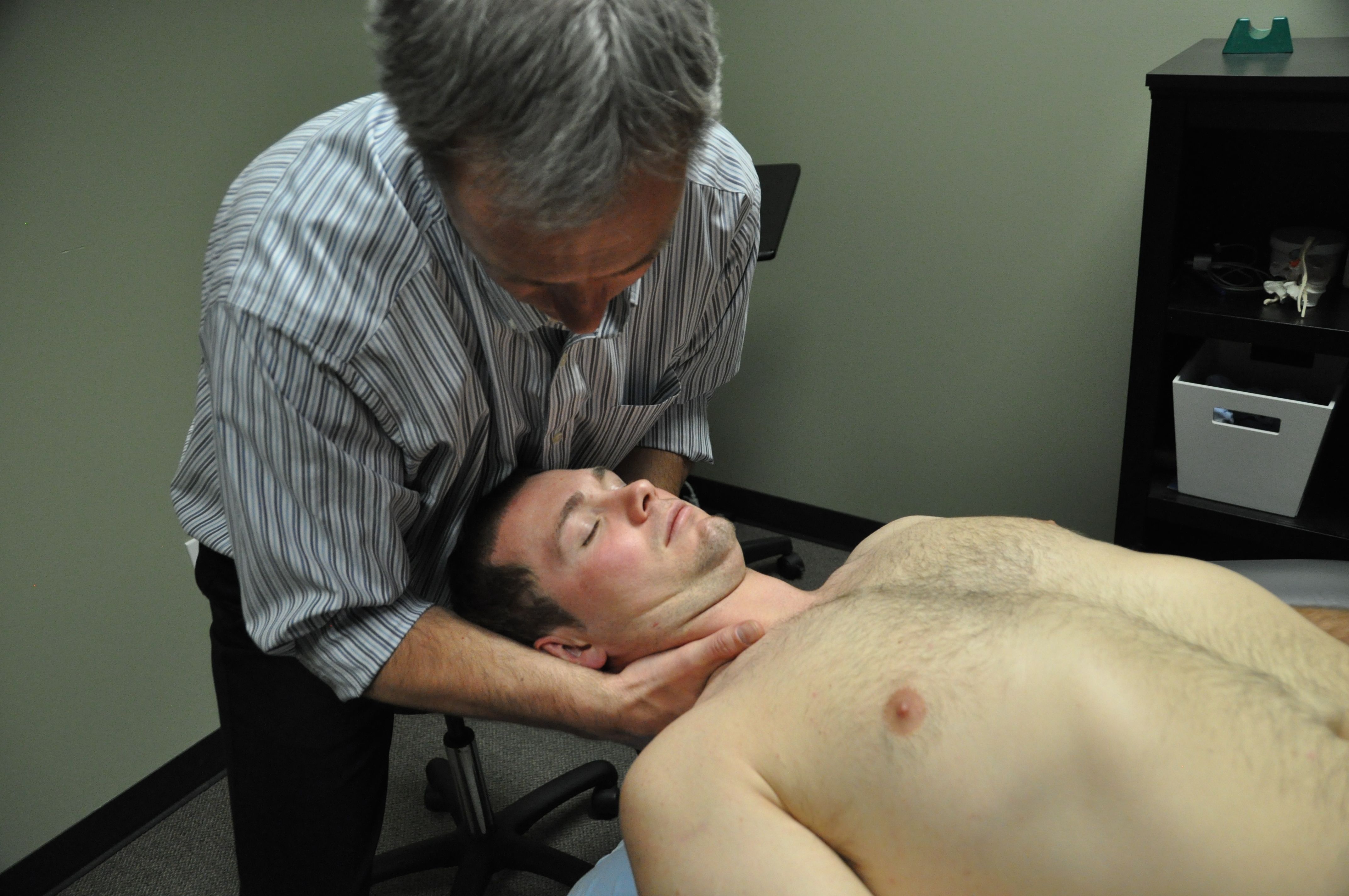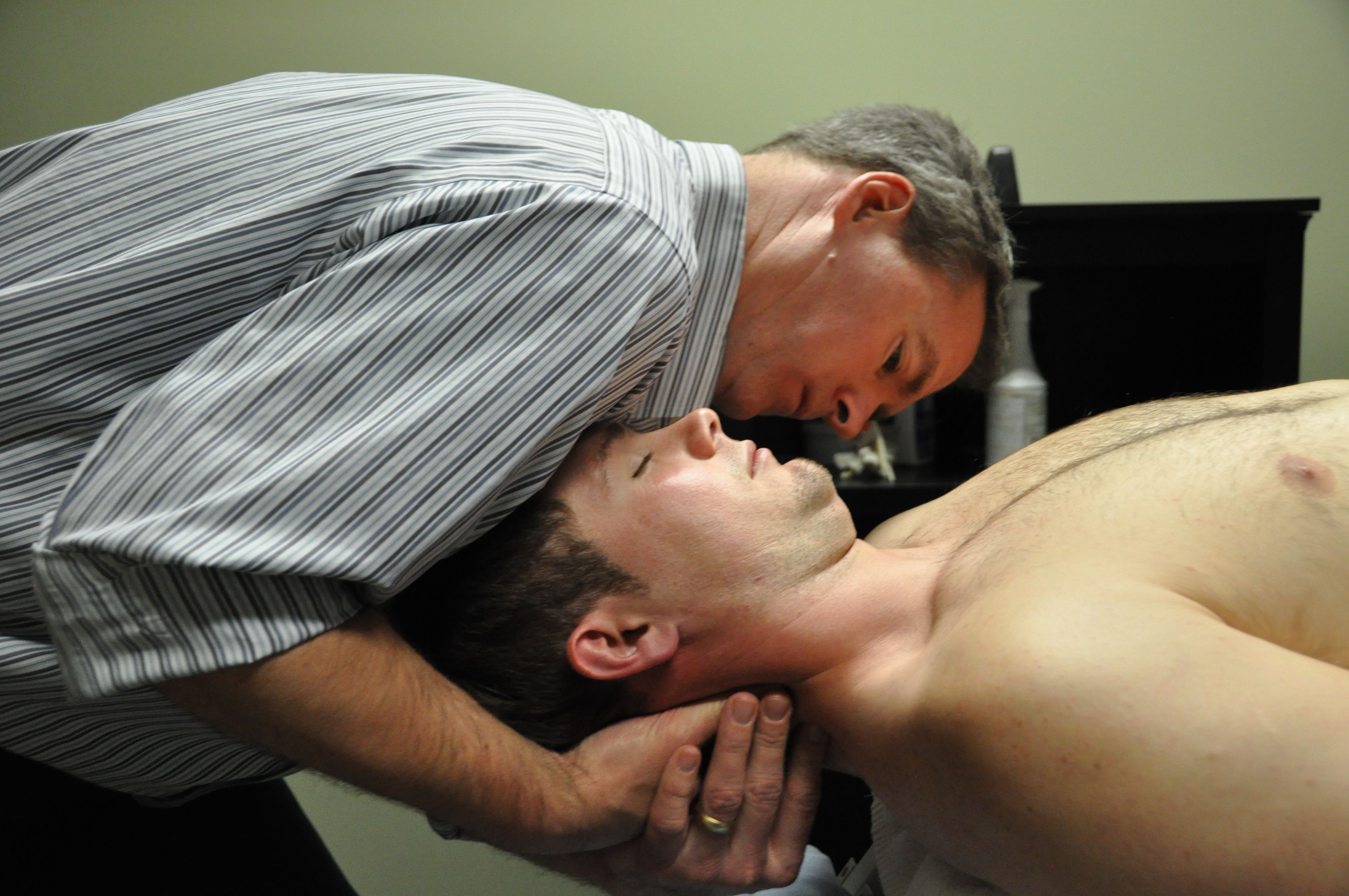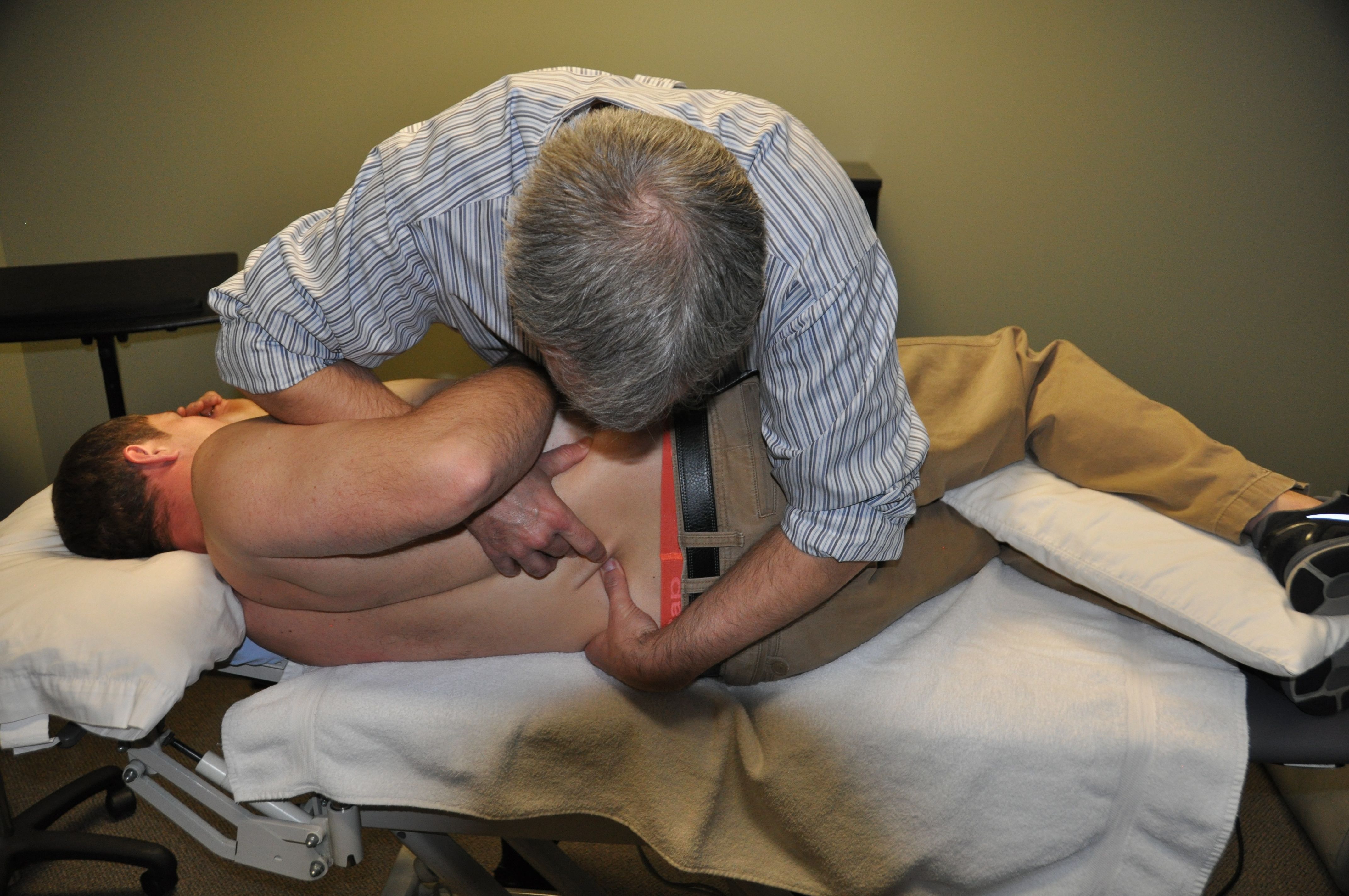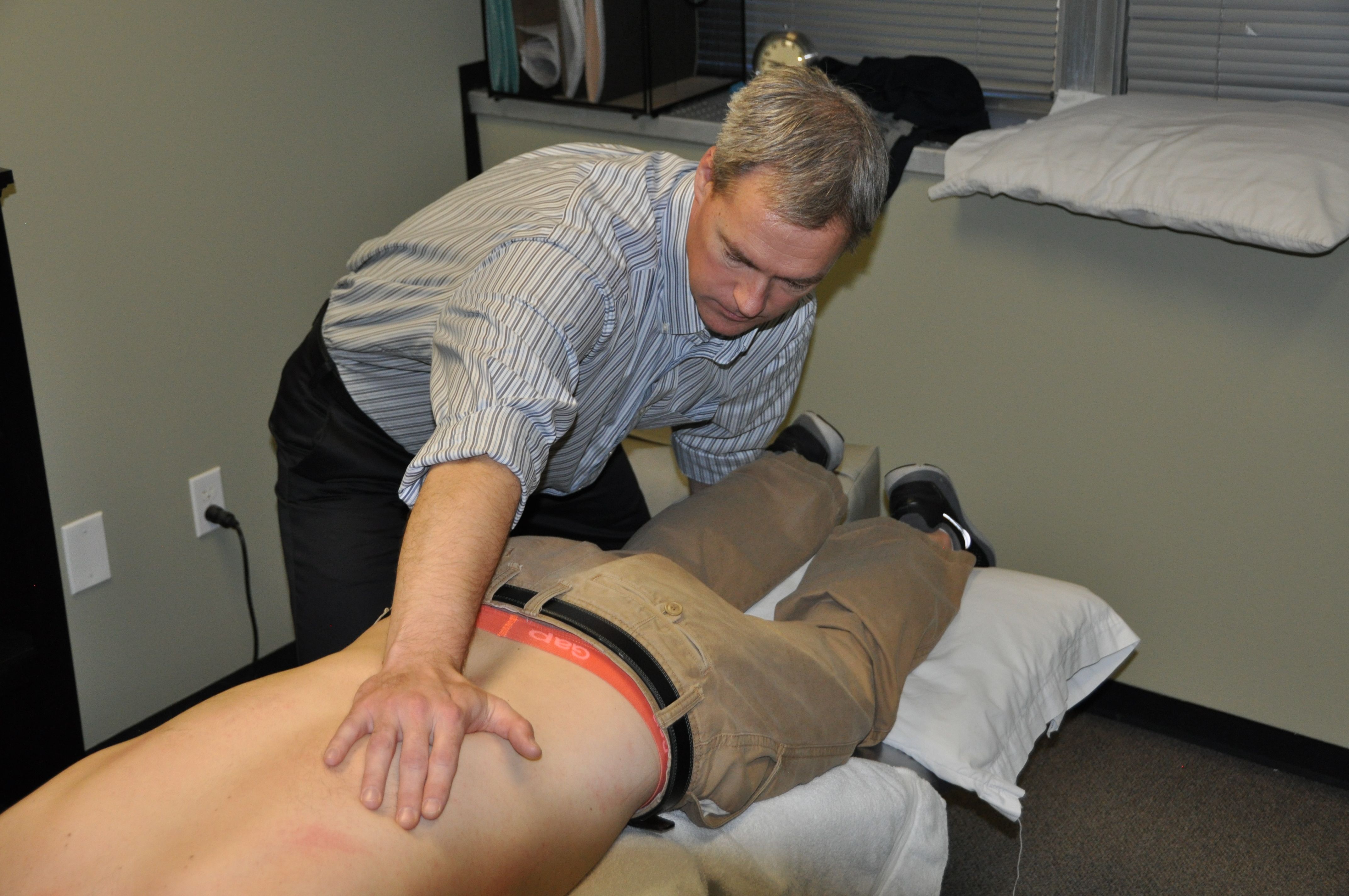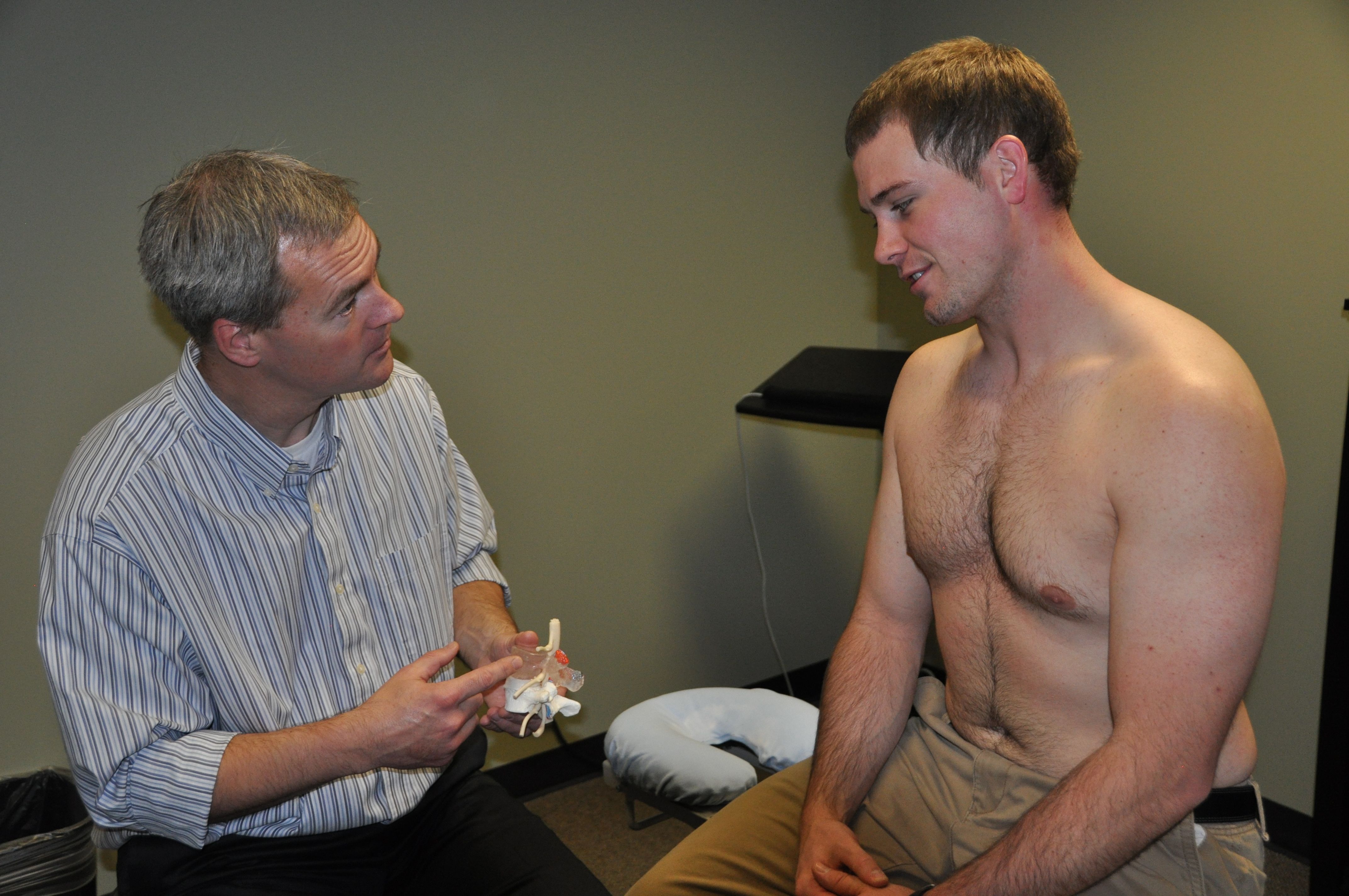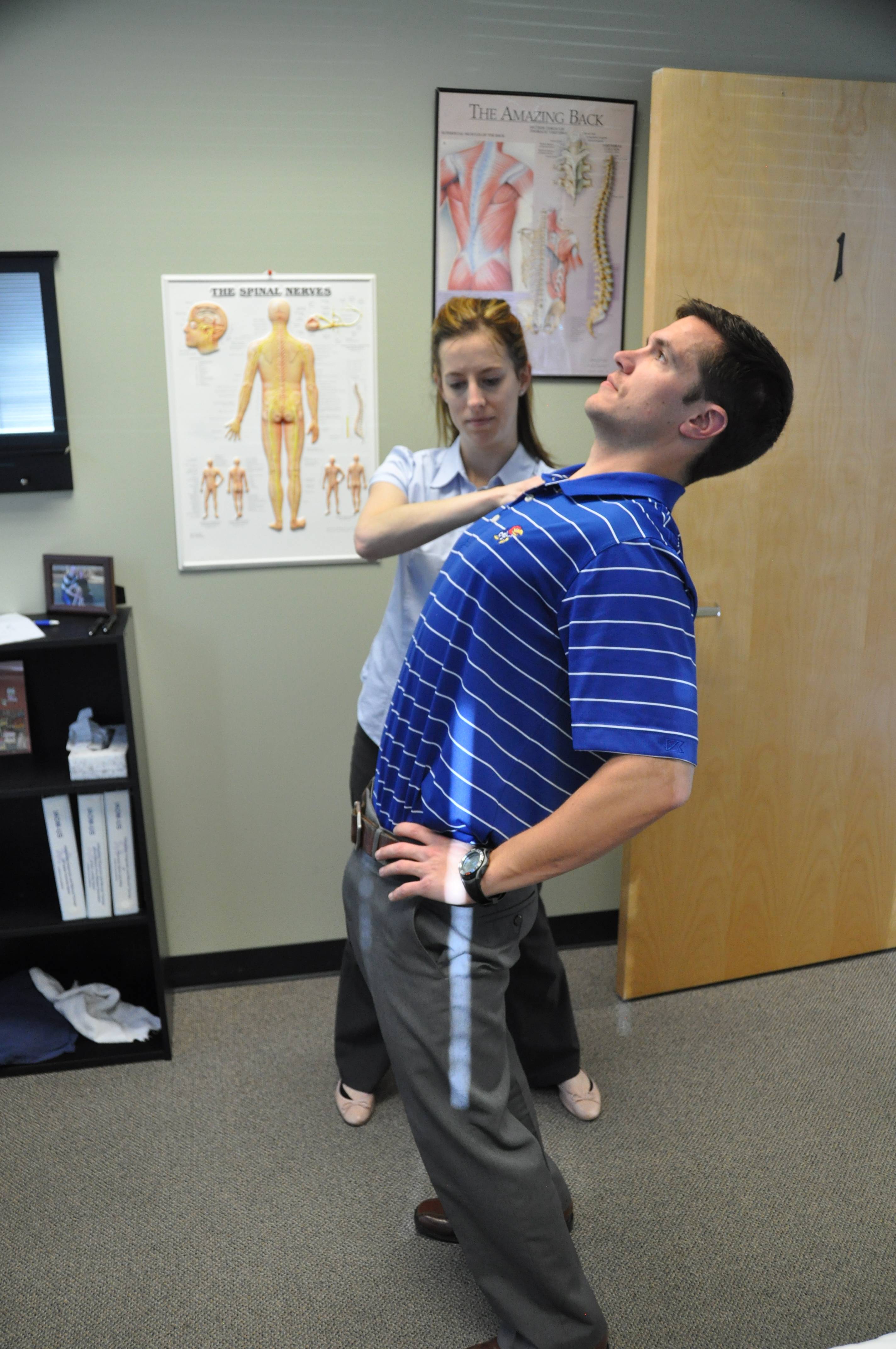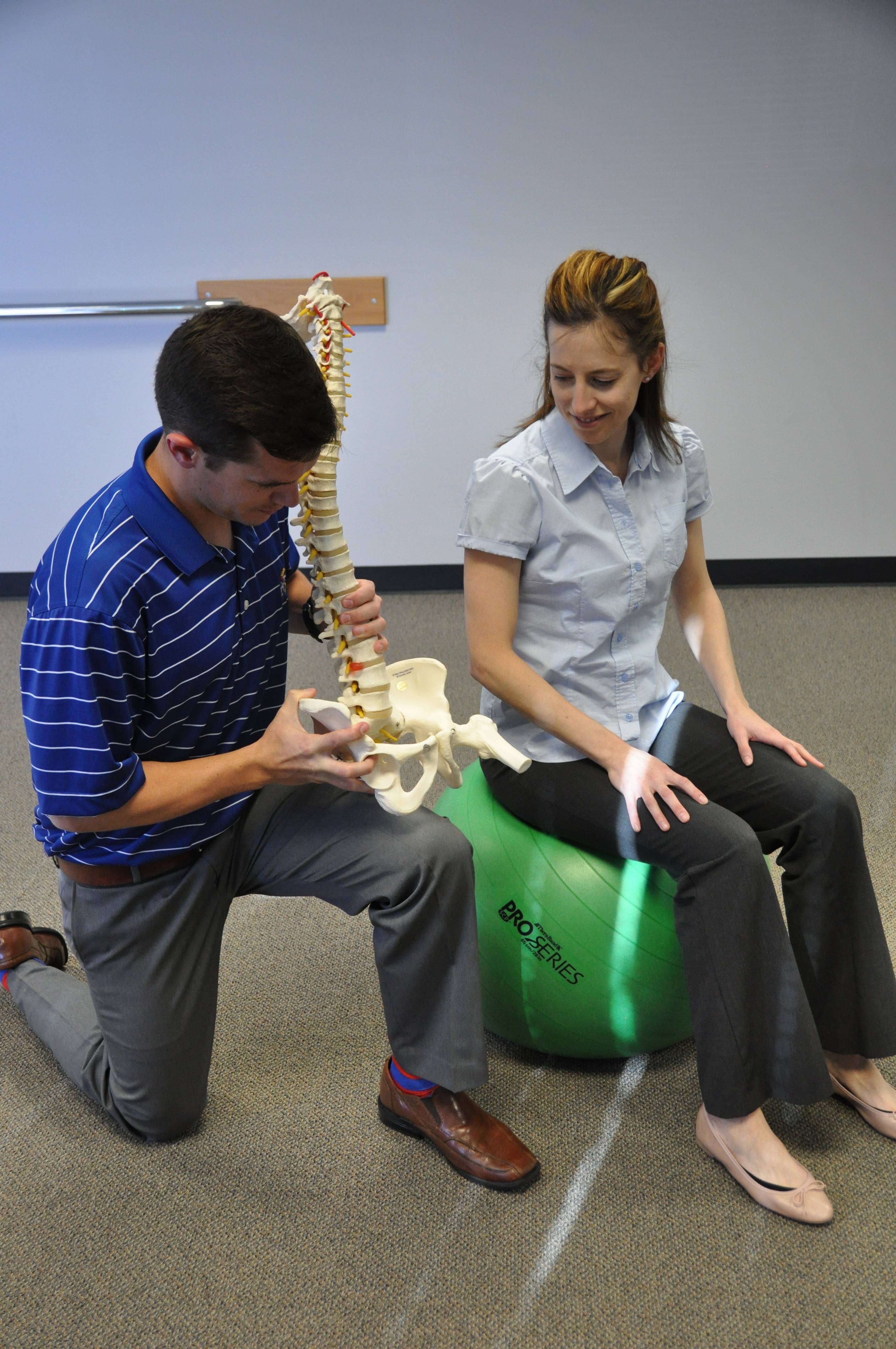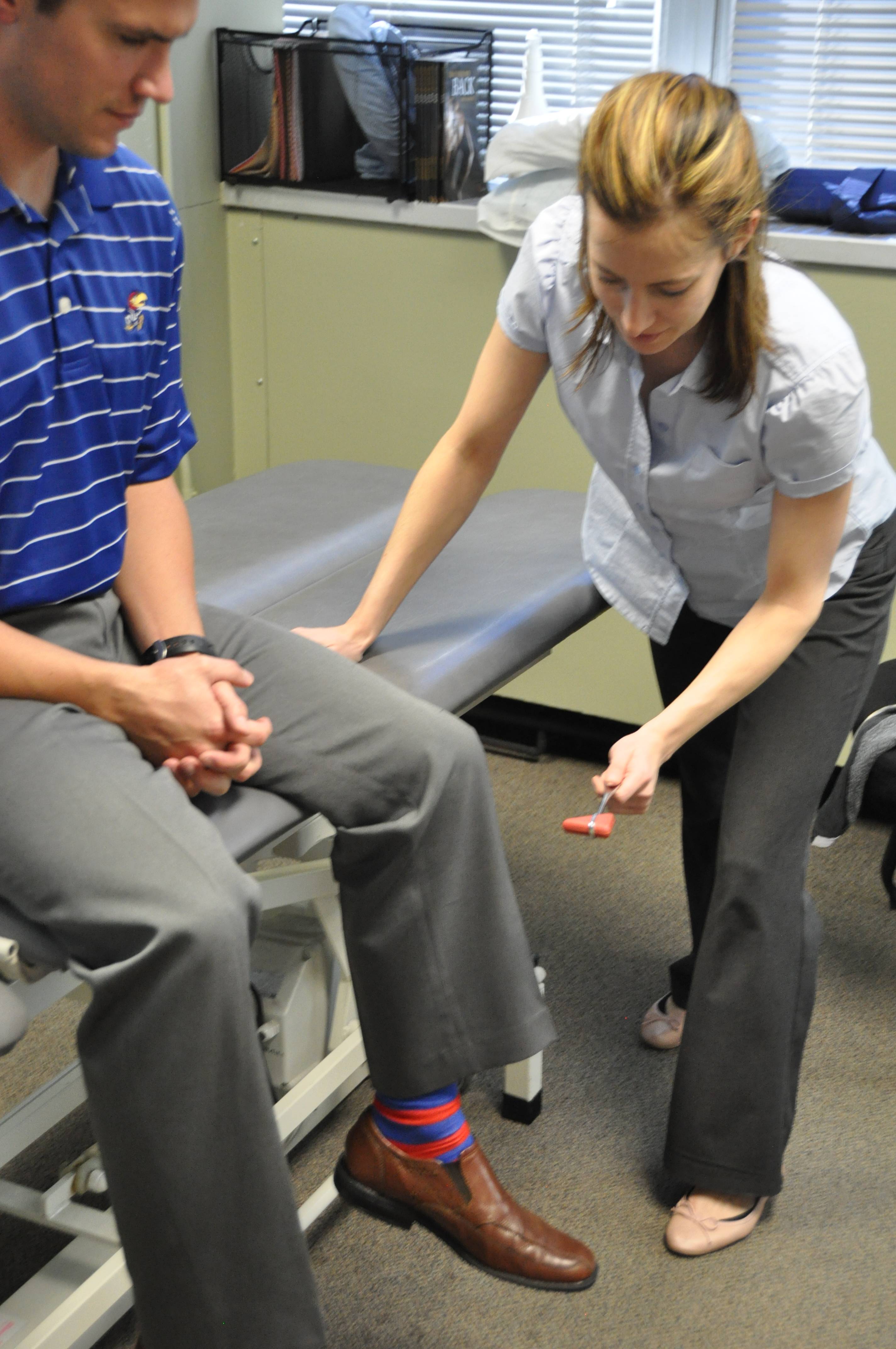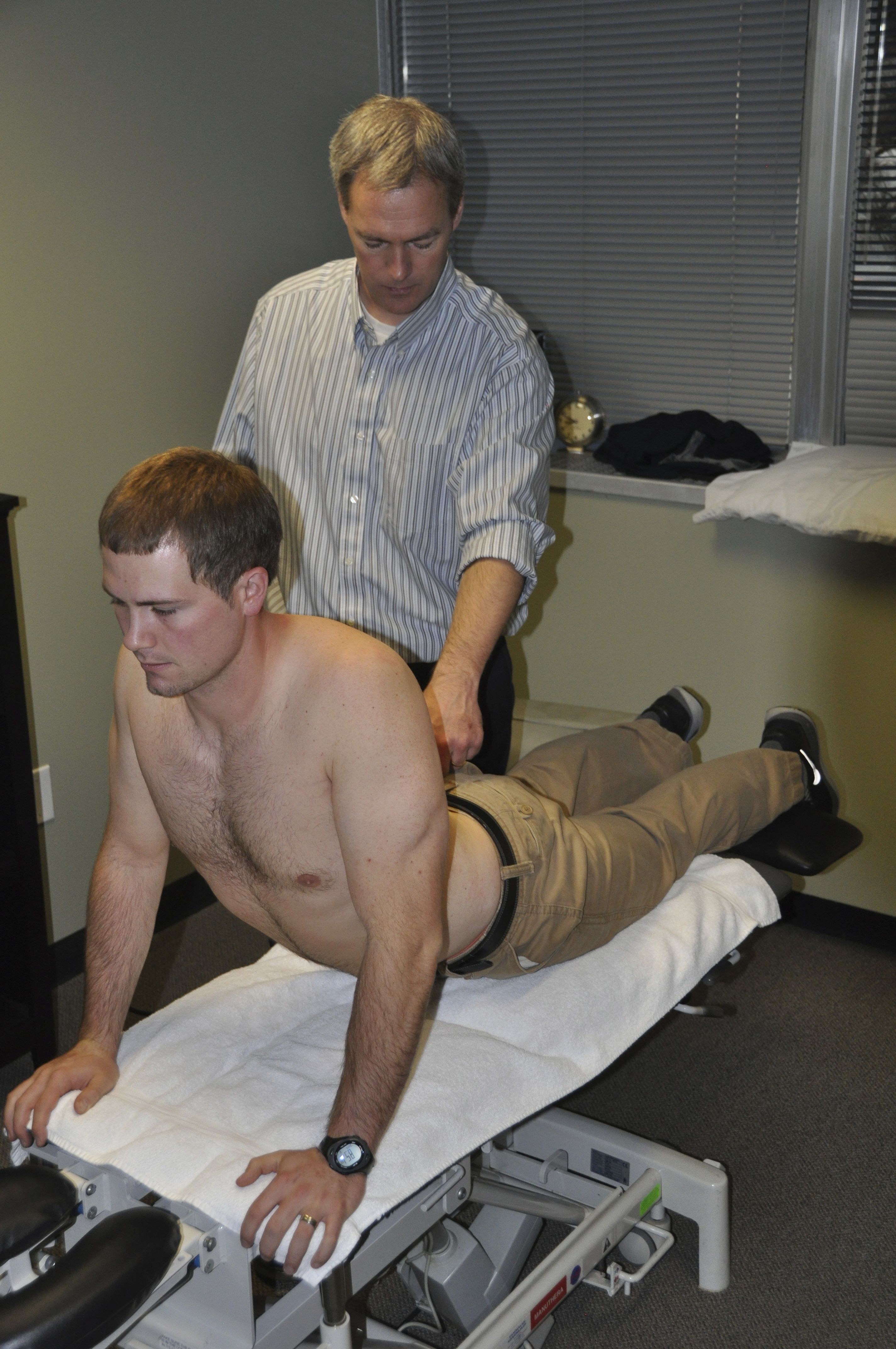The spine team at Physio Pro consists of physical therapists that are specialized in the treatment of the spine. Our spine therapists are trained in a variety of specialties including but not limited to Manual Therapy, Mechanical Diagnosis and Treatment/The McKenzie Method, and Functional Dry Needling.

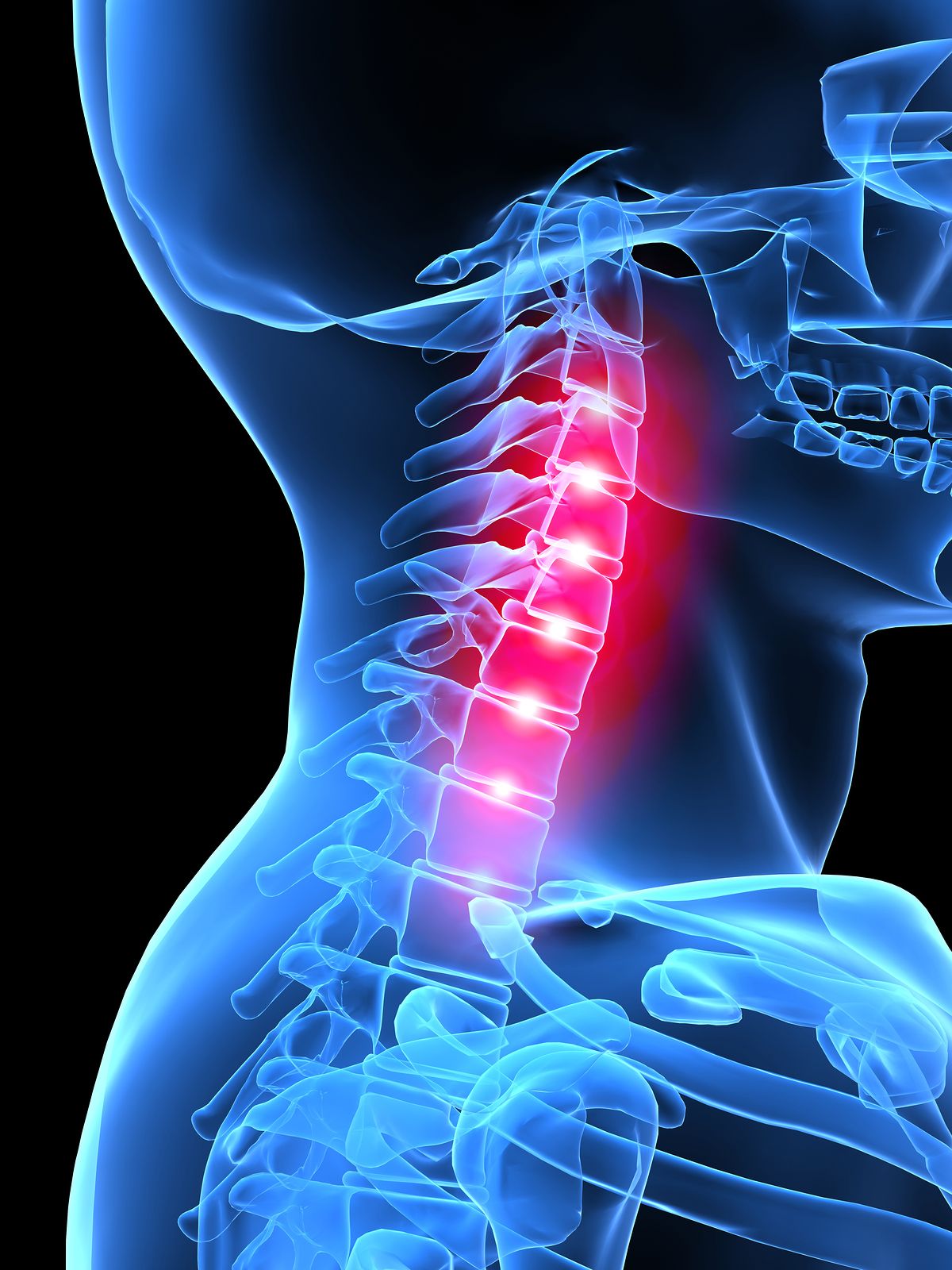
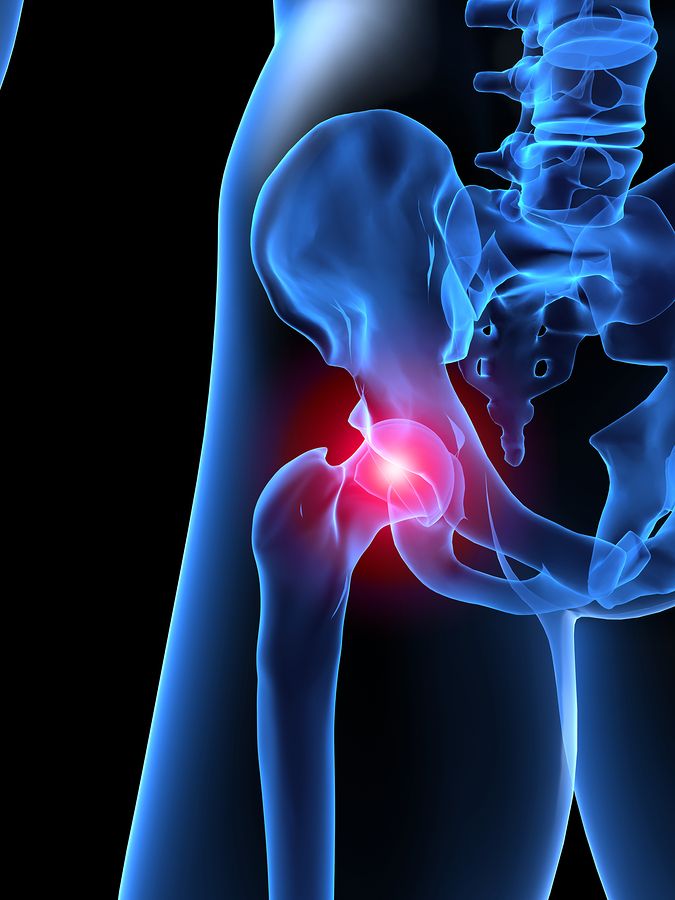
Manual Therapy
Manual Therapy is defined as a clinical approach utilizing skilled, specific hands-on techniques, including but not limited to manipulation/mobilization, used by the physical therapist to diagnose and treat soft tissues and joint structures for the purpose of modulating pain; increasing range of motion (ROM); reducing or eliminating soft tissue inflammation; inducing relaxation; improving contractile and non-contractile tissue repair, extensibility, and/or stability; facilitating movement; and improving function.
Every movement in our joints consists of a roll component and a glide component. When we start to notice mechanical pain in certain joints, we often find that there is a significant discrepancy between the rolling and gliding component within that joint. The overall range of motion of a joint can be significantly limited due to a significant loss of the gliding component of that joint. By using manual therapy techniques, the gliding component of a joint can be restored so that the overall range of motion as well as function of a joint can significantly improve.
Your spine therapist may use these techniques to improve the overall mechanics of your spine. Typically, you will be given an exercise program to either stabilize or further mobilize your spine on your own in order to create a lasting improvement.
Mechanical Diagnosis and Treatment, The McKenzie Method
Robin McKenzie was born in Auckland, New Zealand, in 1931. He graduated from the New Zealand School of Physiotherapy in 1952. Since 1953, when he started private practice in Wellington, New Zealand, he has specialized in the treatment of spinal disorders.
During the 1960s, Robin McKenzie developed his own examination and treatment methods and is now recognized internationally as an authority on the diagnosis and treatment of low back and neck pain.
The McKenzie Method is a comprehensive approach to the spine based on sound principles and fundamentals that when understood and followed accordingly are very successful.
The unique method to assess and treat the spine is widely recommended as the first choice for common back and neck problems worldwide.
The total system of patient care known as the McKenzie Method of Mechanical Diagnosis and Therapy is an approach that is trusted and used by practitioners and patients all over the world for common back and neck problems.
Most low back pain is "mechanical" in origin, meaning that an applied force caused the pain. A basic philosophy of McKenzie's theory is that the reverse force can probably abolish the pain and restore function.
McKenzie credits the patient's ability to learn the principles and empowers them to be in control of their own symptom management, which can reduce dependency on medical intervention. The McKenzie Method promotes the body's potential to heal itself without medication, heat, cold, ultrasound, needles, surgery or a force dependent on the practitioner. It also addresses a growing demand from patients and third party payers for professional rehabilitation services that develop the patient's self-treatment skills in a cost-effective and time-effective manner.
Three steps to success:
Step 1: Assessment
Unique to the McKenzie Method is a comprehensive and logical step-by-step process to evaluate the patient's problem quickly. This mechanical examination can "classify" most patient conditions by the level of pain or limitation that results from certain movements or positions. A McKenzie assessment can eliminate the need for expensive and/or invasive procedures.
Research has shown the initial McKenzie assessment procedures to be as reliable as costly diagnostic imaging (i.e., x-rays, MRIs) to determine the source of the problem and quickly identify responders and non-responders.
Step 2: Treatment
McKenzie treatment prescribes a series of individualized exercises. The emphasis is on active patient involvement, which minimizes the number of visits to the clinic.
Ultimately, most patients can successfully treat themselves when provided the necessary knowledge and tools.
Step 3: Prevention
By learning how to self-treat the current problem, patients gain hands-on knowledge on how to minimize the risk of recurrence and to rapidly deal with recurrence if it occurs. The likelihood of problems persisting can more likely be prevented through self-maintenance.
The treatments related to the following conditions are specialties for this team.
- Headaches
- Whiplash Injuries
- Degenerative Disc Disease (DDD)
- Degenerative Joint Disease (DJD)
- Herniated Discs (HNP)
- Bulging Discs
- Sprains/ Strains
- Contusions
- Spondylosis
- Spondylolisthesis
- Stenosis
- Osteoarthritis
- Radiculopathies (pinched nerves)
- Sciatica
- Thoracic Outlet Syndrome
- Rib Fractures
- Rib Dysfunctions
- Derangement Syndrome
- Dysfunction Syndrome
- Postural Syndrome
- Hypermobility/Instability
- Hypomobility
- Sacro-Iliac Dysfunctions (SI joint)
- Pregnancy and Post Partum-Caused Pain
- Ergonomics
- Compression Fractures
- Spinous Process Fractures
- Transverse Process Fractures
- Anterior Cervical Discectomy and Fusion (ACD+F)
- Spinal Fusion
- Laminoplasty
- Laminectomy
- Laminotomy
- Discectomy
- Foraminectomy
- Foraminotomy
